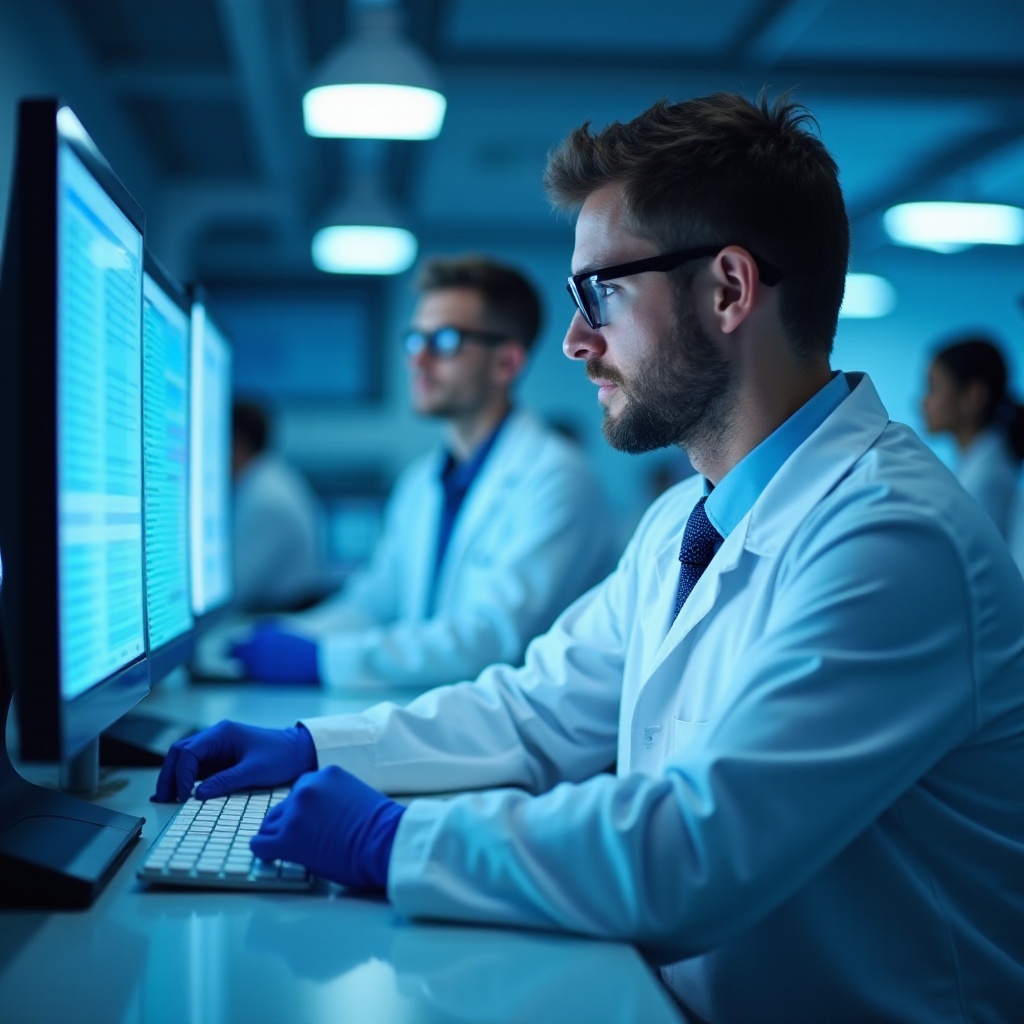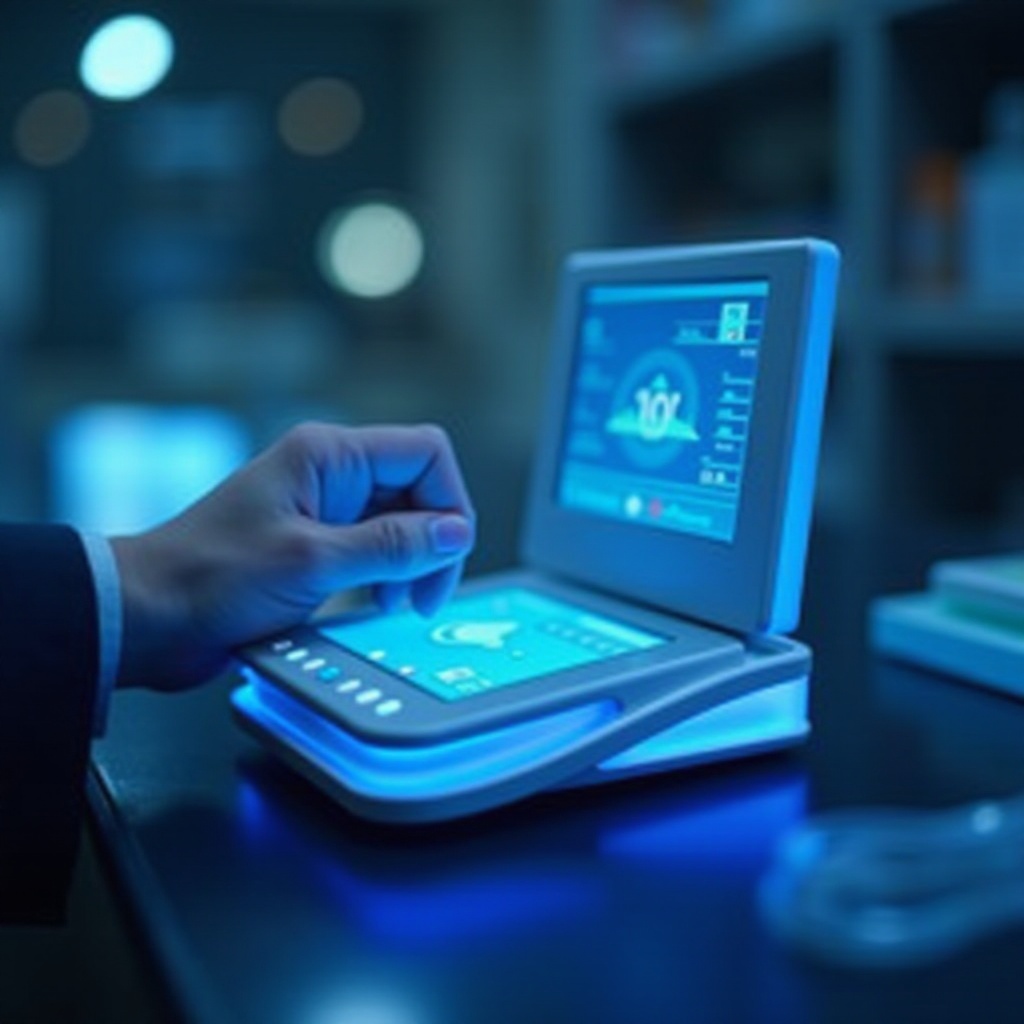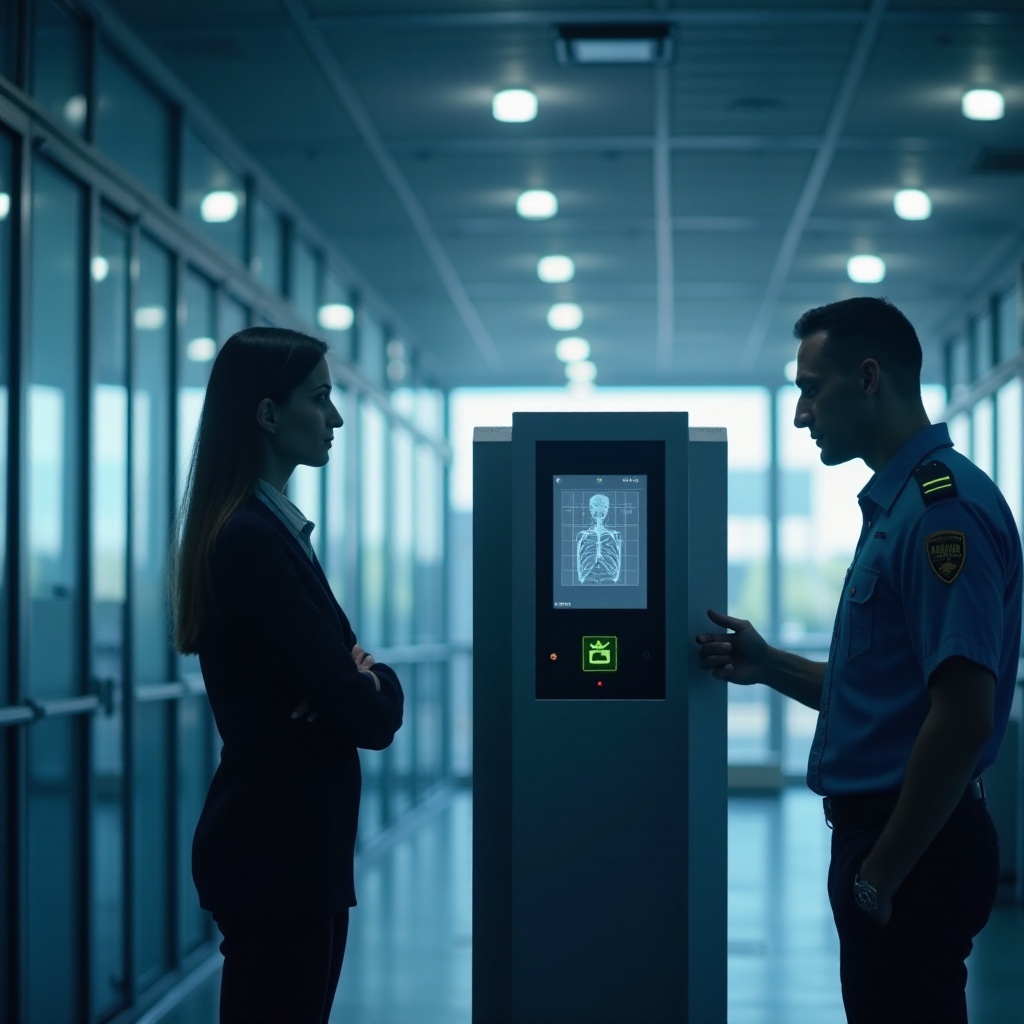Can Scanners Detect Alcohol? An In-Depth Look at Modern Technology
Introduction
Alcohol detection technology has advanced to meet various needs, from law enforcement to workplace safety and healthcare. Scanners that detect alcohol offer a reliable solution to ascertain an individual’s alcohol consumption quickly. This blog delves into the capabilities and intricacies of alcohol detection scanners, shedding light on their efficiency and the ways they are employed in different sectors. To comprehend how these scanners operate and their significance in real-world applications, let’s explore the technology’s complexity and future trends.

Understanding Alcohol Detection Technology
Alcohol detection technology encompasses several methods to measure alcohol levels in the body. The common methods include breath analysis, blood tests, and the latest non-invasive scanners. These technologies have evolved, focusing on improving accuracy, speed, and being less intrusive. Breathalyzers, for instance, are the most widely used devices due to their ease of use and prompt results. Meanwhile, newer methods like the use of infrared light and biosensors are emerging, offering promising innovations in this field. Understanding these technologies requires grasping the science behind how alcohol is metabolized and detected.

How Do Scanners Detect Alcohol?
Scanners detect alcohol primarily by measuring blood alcohol content (BAC) through various mechanisms. Breathalyzer devices are the most common alcohol scanners that measure BAC based on the alcohol content in the breath. When alcohol is consumed, it gets absorbed into the bloodstream and eventually delivered to the lungs, where it evaporates into the breath.
- Breath Analysis: Devices use electrochemical fuel cell sensors to detect alcohol. Alcohol is oxidized in the sensor, generating an electric current that a microprocessor measures and converts to BAC.
- Infrared Spectroscopy: Some advanced scanners employ infrared light absorption. Alcohol molecules absorb infrared light at specific wavelengths, and the device calculates the concentration based on the absorption level.
- Biosensors: Emerging technologies include biosensors that detect alcohol via enzymatic reactions. These sensors offer quick responses and are being integrated into wearables for continuous monitoring.
Each of these methods has its own set of advantages and limitations, influencing their application in different scenarios.
Types of Alcohol Detection Scanners
Alcohol detection scanners come in different forms, each designed for specific uses and environments. The primary types include:
- Handheld Breathalyzers: These portable devices are standard among law enforcement for roadside screening. They offer quick results and ease of use.
- Stationary Alcohol Analyzers: Often found in professional settings such as workplaces, these units provide high accuracy and can handle higher volumes of tests. They are more sophisticated and often used for evidentiary purposes.
- Wearable Alcohol Monitors: Innovations have led to wearables that continuously monitor alcohol levels based on sweat analysis or transdermal detection. These are useful for personal monitoring or in medical and legal contexts.
- Smartphone-Linked Sensors: Some new devices can link to smartphones, providing real-time data to users about their BAC, along with recommendations and alerts.
Each type of scanner serves a unique purpose, offering flexibility in how alcohol consumption is monitored and managed.
The Accuracy of Alcohol Detection Scanners
The accuracy of alcohol detection scanners can vary based on the technology used and conditions during testing. Breathalyzers, widely trusted for their balance of accuracy and convenience, typically provide results with a minor margin of error, often within 0.01% BAC. Factors such as calibration, user operation, and device maintenance can influence accuracy. Infrared-based devices and biosensors offer high precision due to their advanced detection mechanisms. Continuous advancements aim to further improve the reliability of these devices. Regular calibration and proper use are crucial to ensuring the consistent performance and accuracy of alcohol detection scanners.

Applications of Alcohol Detection Scanners
Alcohol detection scanners find relevance in numerous sectors for their ability to quickly and accurately measure alcohol levels. Common applications include:
- Law Enforcement: Scanners are essential tools for roadside testing and ensuring drivers are not under the influence, thereby enhancing road safety.
- Workplace Safety: Companies use alcohol scanners to maintain a safe working environment, especially in industries requiring high attention and precision, like construction or transportation.
- Healthcare: In medical settings, these devices help monitor patients with alcohol use disorders, ensuring adherence to treatment plans.
- Parental Control: Wearable alcohol monitors can assist parents in monitoring underage drinking, providing a non-intrusive way to keep track of alcohol consumption.
The versatility in applications underlines the importance of these scanners in contributing to public safety and health management.
The Benefits and Limitations of Alcohol Detection Scanners
Alcohol detection scanners offer several benefits:
- Non-Invasive and Quick: Devices like breathalyzers provide immediate results with minimal discomfort.
- Portability: Handheld and wearable scanners add significant value in convenience and usability.
- Wide Application: From law enforcement to healthcare, these devices cater to numerous fields.
However, limitations exist:
- Accuracy Factors: Device calibration and external factors, like environmental conditions, can affect accuracy.
- Invasiveness: Blood tests, though accurate, are invasive and not suitable for immediate testing.
- Cost: High-precision devices and frequent calibration can incur costs.
Balancing these benefits and limitations is crucial for optimizing the usage of these devices.
Future Trends in Alcohol Detection Technology
Future trends in alcohol detection technology point towards enhanced accuracy, broader applications, and integration with other technologies:
- Smart Wearables: Advancements in biosensors enable integration with smartwatches, offering real-time BAC monitoring.
- AI Integration: Artificial intelligence can enhance the analytics and predictability of alcohol consumption patterns, improving preventive measures.
- Non-Invasive Techniques: Innovations aim to deliver accurate results with even less invasive methods like near-infrared spectroscopy.
These trends highlight the continuous evolution of the technology, striving to improve accuracy and user experience while expanding its relevance in various fields.
Conclusion
Alcohol detection scanners have become indispensable in promoting safety and health. These devices’ ongoing advancements promise even greater accuracy and convenience. Understanding how these technologies work and their applications can help harness their full potential, ensuring a safer, healthier society.
Frequently Asked Questions
How accurate are alcohol detection scanners?
Alcohol detection scanners, especially breathalyzers and infrared-based devices, offer high accuracy, often within 0.01% BAC. However, regular calibration and proper usage are essential.
Are there privacy concerns with using alcohol detection scanners?
Yes, privacy concerns exist, particularly with continuous monitoring wearables. Essential use, transparent policies, and securing data can help address these concerns.
What are the common applications of alcohol detection scanners?
Common applications include law enforcement for roadside testing, workplace safety, monitoring in healthcare, and parental control over underage drinking.

